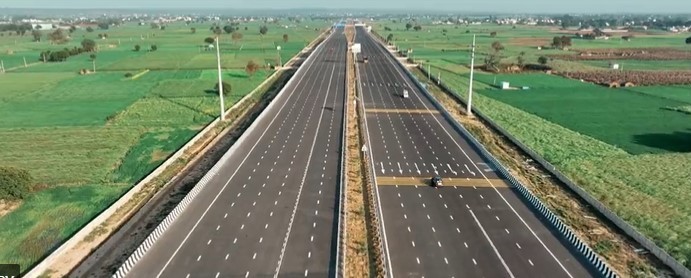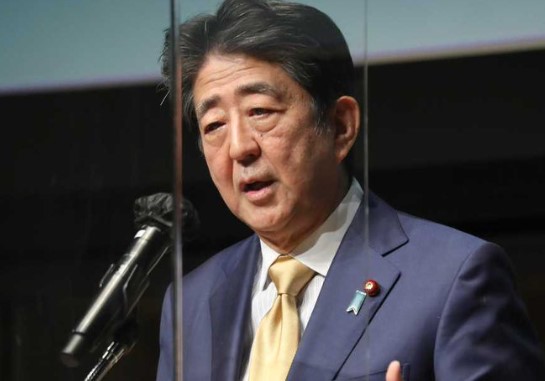The Delhi-Mumbai Expressway, India’s longest expressway with a length of 1,386 km, is set to revolutionize the country’s transport sector, improve trade connectivity, and bring economic prosperity to the regions it passes through.
The recent inauguration of the 246-km Delhi-Dausa-Lalsot section of the expressway by Prime Minister Narendra Modi marks a major milestone in the development of this grand project. In this article, we’ll delve into the various aspects of the Delhi-Mumbai Expressway, from its speed limit and toll charges to its route and expected benefits.
The Delhi-Mumbai Expressway route is set to pass through six states, Delhi, Haryana, Rajasthan, Madhya Pradesh, Gujarat, and Maharashtra, and connect major cities such as Kota, Indore, Jaipur, Bhopal, Vadodara, and Surat.
The expressway will also serve 93 PL Gati Shakti Economic Nodes, 13 ports, 8 major airports, and 8 multi-modal logistic parks, providing a significant boost to trade connectivity and logistics efficiency.
Discover the Benefits of the Newly Inaugurated Delhi-Mumbai Expressway: Faster, More Efficient and A Step Forward for India’s Development

One of the most notable features of the Delhi-Mumbai Expressway is its speed limit. The legal top speed limit allowed on the expressway is set at 120 km per hour, providing drivers with the freedom to travel at high speeds without the worry of being pulled over. This feature will make the expressway an attractive option for those who are looking for a fast and efficient way to travel between Delhi and Mumbai.
However, with speed comes the responsibility of paying a toll. Initially, there will be a charge for commuters while travelling on this route. The charges planned by the National Highways Authority of India (NHAI) for this eight-lane expressway are fixed at ₹ 390. This toll charge is expected to be revised in the future depending on the demand and maintenance costs of the expressway.
The Delhi-Mumbai Expressway is expected to be completed by 2024 and is set to cut the travel distance between Delhi and Mumbai by 12 per cent, from 1,424 km to 1,242 km, while the travel time will be reduced by 50 per cent, from the current 24 hours to 12 hours. This reduction in travel time will provide a major boost to the country’s tourism sector, making it easier for tourists to travel between the two major cities of India.
In addition to improving tourism, the Delhi-Mumbai Expressway is also expected to bring economic benefits to the regions it passes through. The expressway will provide a major boost to the economic development of the entire region and serve as a catalyst for the creation of new jobs and businesses. It will also increase the accessibility of remote areas and make it easier for people to travel between cities, thus increasing the flow of goods, services, and people.
One of the key aspects of the Delhi-Mumbai Expressway is its design. The expressway will be an eight-lane access-controlled expressway, which can be expanded to 12 lanes in the future depending on traffic. This feature will ensure that the expressway can accommodate the increasing demand for transport as the country’s population continues to grow.
The Delhi-Mumbai Expressway will also have a number of smart features, such as an intelligent transport system, advanced traffic management systems, and modern toll collection systems. These features will not only make the expressway more efficient but also help reduce the risk of accidents and improve the overall travel experience for motorists.
To sum it up, the Delhi-Mumbai Expressway is set to revolutionize transportation in India and bring about a major change in the way people travel between the two major cities. With its speedy completion, the expressway will not only reduce travel time, but also boost economic development along its route, connecting multiple cities and providing new opportunities for trade and commerce.
It’s exciting to see the potential impact this project will have on the country, and I look forward to following its progress in the coming months and years.






